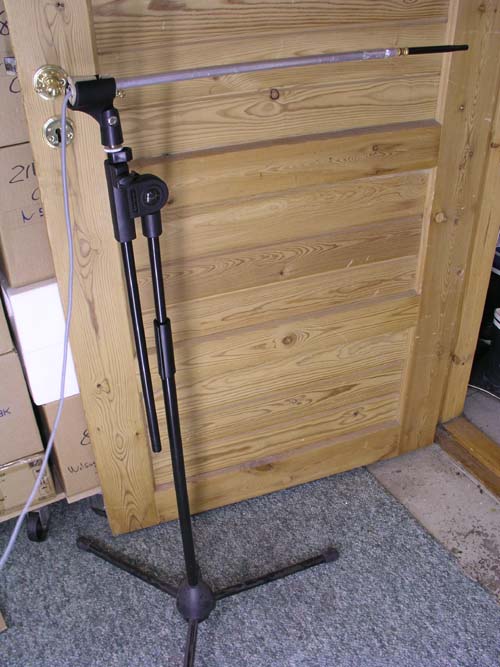I see... So next step is to find out how I can export the curves as FRD 
I still don't understand exactly how OmniMic works and why it appears to be much more conservative. I guess I will open a post for that issue somewhere.
You just forgot to give me advice concerning exactly which drivers should I measure on the far field and at what distance (#228 at the end).

I still don't understand exactly how OmniMic works and why it appears to be much more conservative. I guess I will open a post for that issue somewhere.
You just forgot to give me advice concerning exactly which drivers should I measure on the far field and at what distance (#228 at the end).


 .
. ops: See
ops: See 




Comment